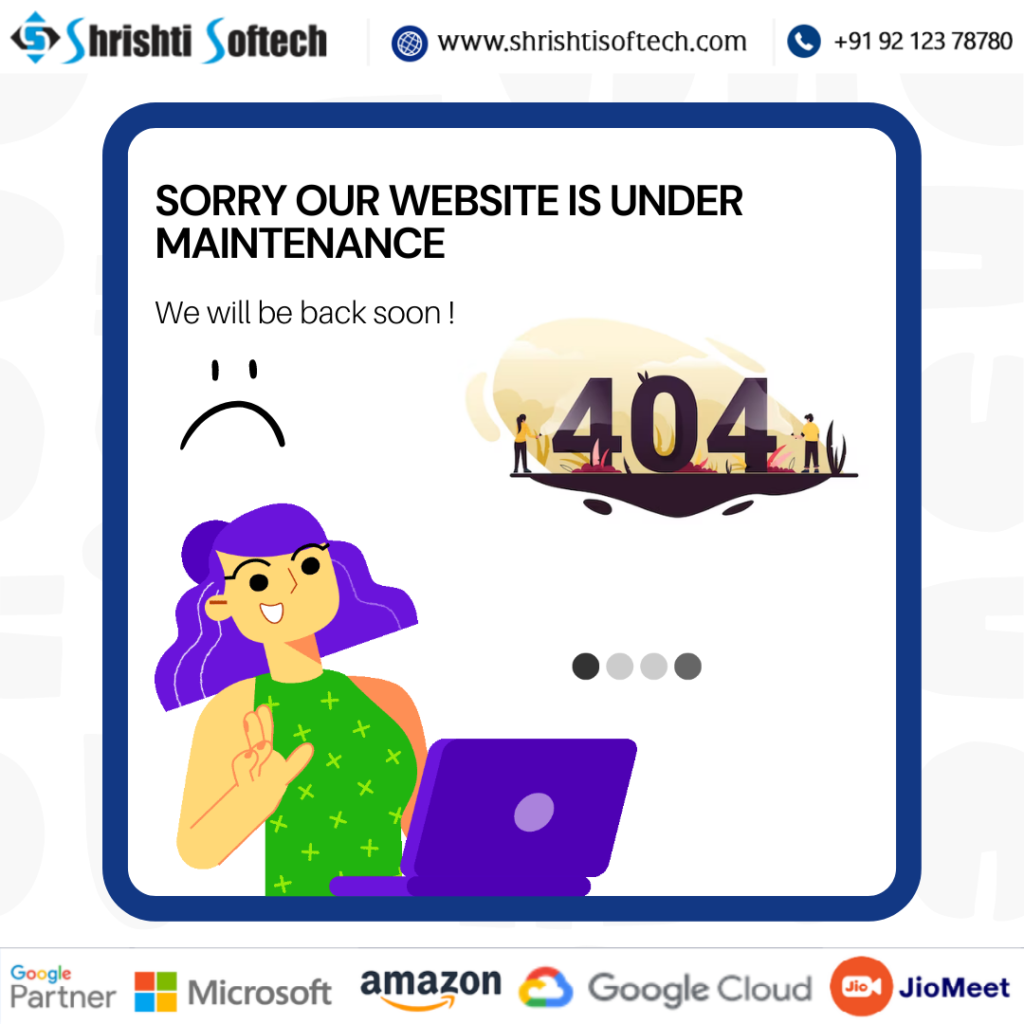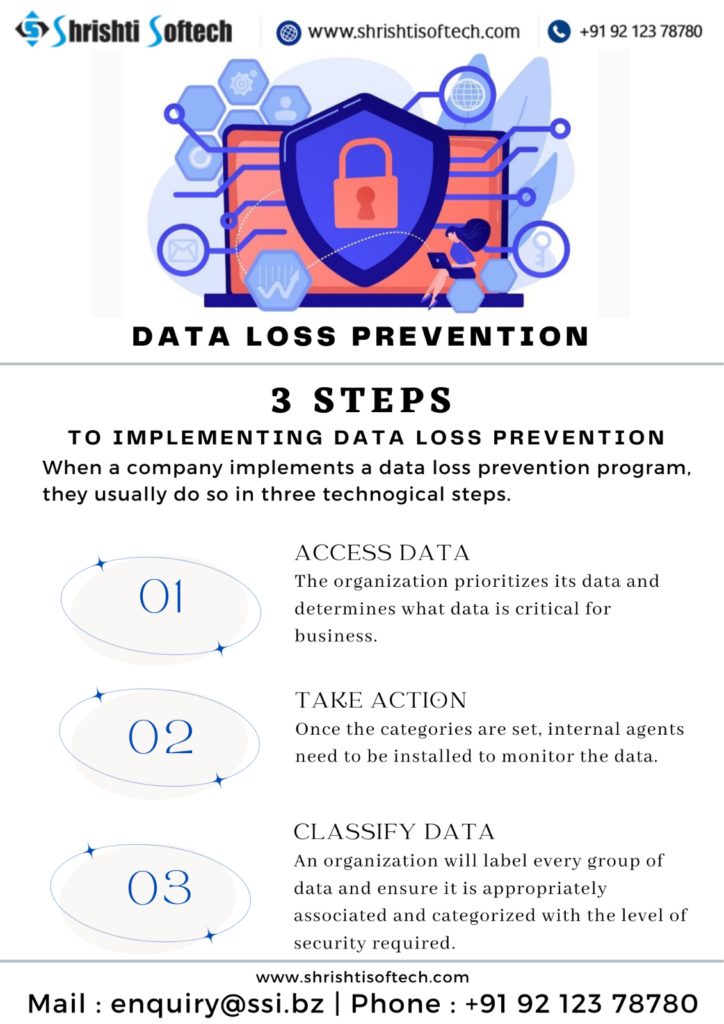
Enhancing Business Productivity with Google Workspace
In today’s fast-paced digital world, effective communication, collaboration, and productivity tools are essential for businesses to thrive. Google Workspace (formerly known as G Suite) has emerged as a powerful suite of cloud-based applications that can significantly boost efficiency, streamline processes, and foster seamless teamwork within organizations. In this blog, we will explore the importance of Google Workspace in businesses and how it can revolutionize the way companies operate.
Unified Collaboration Platform :
One of the key advantages of Google Workspace is its seamless integration of multiple applications, including Gmail, Google Drive, Google Docs, Sheets, Slides, Calendar, and Meet. This unified collaboration platform allows employees to work together in real-time, share files effortlessly, and communicate through video conferencing, reducing the need for multiple disjointed tools. Whether team members are working from different locations or time zones, Google Workspace ensures they stay connected and on the same page.
Enhanced Communication :
Clear and effective communication is the backbone of any successful business. Google Workspace‘s Gmail, with its professional email hosting and reliable infrastructure, provides businesses with a secure and personalized email experience. Additionally, Google Chat and Google Meet enable instant messaging and video conferencing, making remote communication with colleagues, clients, and partners more convenient than ever before.
Streamlined File Management :
With Google Drive as its cornerstone, Google Workspace offers a robust file storage and sharing solution. Users can store files in the cloud, access them from any device, and collaborate on documents in real-time. The ability to set permissions and share files securely ensures that sensitive data remains protected. Moreover, the integrated Google Workspace apps can directly work with files stored in Google Drive, simplifying workflows and reducing duplication efforts.
Productivity on the Go :
The cloud-based nature of Google Workspace means that employees can access their work from any device with an internet connection. Whether they are using a laptop, tablet, or smartphone, the ability to work on the go fosters flexibility and boosts productivity. This feature becomes even more crucial in today’s remote work culture, where businesses need to adapt to changing environments.
Real-Time Collaboration :
Collaboration is at the heart of Google Workspace, allowing multiple team members to work together on the same document simultaneously. This real-time collaboration eliminates the need for endless email exchanges and file versioning confusion. It facilitates faster decision-making processes and ensures that everyone is on the same page, reducing the chances of miscommunication and errors.
Powerful Third-Party Integrations :
Google Workspace is highly extensible, thanks to a wide range of third-party integrations available through the Google Workspace Marketplace. Businesses can connect their favorite project management tools, CRM systems, and other applications to Google Workspace, customizing the suite to fit their unique needs.
Conclusion :
In conclusion, Google Workspace has become an indispensable tool for businesses, transforming the way they operate, communicate, and collaborate. By providing a unified and versatile platform for productivity, file management, and communication, Google Workspace empowers companies to stay agile, competitive, and efficient in an ever-changing business landscape. Embracing Google Workspace is a strategic investment that can yield significant long-term benefits, making it an essential asset for businesses of all sizes and industries.








